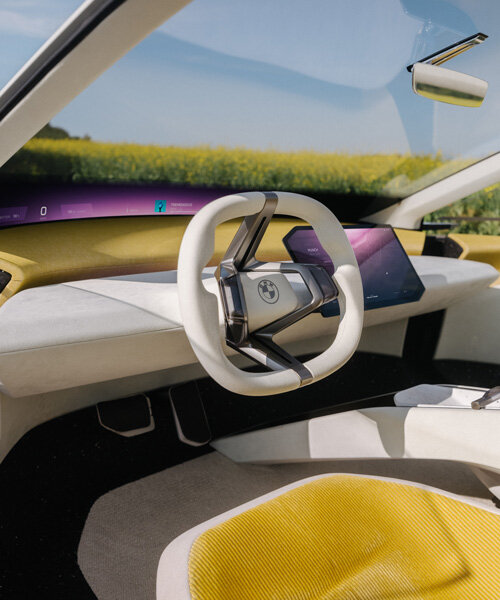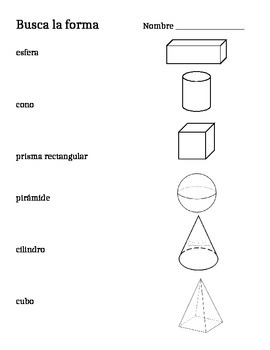

Fold inward along the inside line and then glue the flaps to hold the 3D shapes. Use crayons to color foldable 3D shape nets resource before cutting along the outside edge.
3D SHAPES IN SPANISH HOW TO
An ice cream cone and a party hat are all examples of cones. How to use these foldable 3D shapes and exploring shapes worksheets. A microwave, a book, and a box are all examples of rectangular prisms. The task cards also include questions on how many vertices, sides, faces, and edges the shapes have. A box, an ice cube and a dice are all cubes. You can cover the graphics for your older kids to figure out how to build the shapes themselves, and your younger kids can use the graphics as a guide. The task cards include both 2-dimensional and 3-dimensional shapes, so you can pick and choose which ones fit your child’s level.

You can laminate the cards and use them for geometry lessons. To make building the geometric shapes easier, I have an awesome set of printable marshmallows and toothpicks geometry task cards for you to download. Off into your kids’ bellies they go! Building with Toothpicks and Marshmallows Printable Plus, it doesn’t hurt that sometimes you find marshmallows that are too small to use for building shapes. If your kids are resisting learning geometry, this is the way to introduce 2D and 3D shapes to them! My kids jumped on this activity right away and wanted to build all kinds of structures with marshmallows and toothpicks. For kindergarteners and first graders, you can explore 3D shapes like different prisms and pyramids and count how many faces and edges each shape has.

For preschoolers, you can teach them basic 2D shapes like triangles, rectangles, and squares, and even introduce to them the concept of sides and vertices (corners).


 0 kommentar(er)
0 kommentar(er)
